Iran’s protest movement appears to be coming to a head. It’s been going on for two months, since the country’s ‘morality police’ beat Mahsa Amini, a young woman visiting Tehran, into a coma from which she never recovered earlier this year. The reason these thugs gave for dragging her into their van was that she was wearing her mandatory hijab incorrectly. Ever since, Iranians of all ages, across the country, have been on the streets, protesting for ‘women, life, freedom’.
Now the violence of that initial act is radiating outwards. From the ominous steps being taken by the Iranian state, and the extra-legal killers in the Islamic Revolutionary Guard Corps, it seems those in power are increasingly prepared to take drastic action to halt and punish those taking part in the demonstrations.
To be free, they have no other option but to continue to face down death. There is no alternative
This week a revolutionary court handed out the protest movement’s first formal death sentence – to a demonstrator accused, with typical theocratic flourish, of moharebeh: ‘enmity against God’. Other protestors will be charged with fasad-fel-arz (‘corruption on Earth’) and – slightly more prosaically – baghy (‘armed rebellion’). So said Gholam-Hossein Mohseni Eje’i, the regime’s chief justice, last week. He was the country’s spy chief from 2005 to 2009, in case you wondered whether the judiciary had a shred of legitimacy. Each of those apparent offenses carry the death penalty. Such is the punishment for attempting to demonstrate against a state which considers itself God’s anointed.
The toll of the demonstrations has already been immense. Outside reporting is never fully accurate and journalists operating within Iran are at risk of murder or kidnap. Iran has made a specialty of taking foreign hostages, especially students and reporters. But we know just from the footage of young men and women being beaten and shot that the death toll is – at the very minimum – in the hundreds. Human rights organisations estimate that at least 15,000 people have been arrested by the regime’s men. Many of those will have received similar treatment to that suffered by Amini while in custody. This is a sad and inevitable fact.
It seems the regime is gearing up for mass repression cloaked in the language of religion and the law. The clerics and the Revolutionary Guard probably see this protest movement as the greatest internal threat they have faced since they took power in 1979 and purged their fellow revolutionaries until only the pure remained.
The protests have coalesced around things on which the regime cannot compromise and ideas it cannot tolerate. Iran’s regime is built upon the institutional suppression of women in culture, politics, and dress. Protestors unveil themselves and demand civil and political liberties. The regime is essentially – even existentially – hostile to all those things. To give the slightest inch on this would collapse four decades of religious and Revolutionary Guard pretence and bigotry enforced by violence.
Many Revolutionary Guard leaders have already made bloodcurdling threats – which brave protestors have disregarded – that certain points over the past few weeks would be the ‘final day’ of protests. The state has positioned snipers on roofs, in open view, only for demonstrators to march past them in defiance.
This is an act of supreme bravery – not least because the Iranian state and its proxies have made careers of killing demonstrators across the Middle East. This decade alone, they have murdered protestors in Iraq’s Baghdad and Basra with callousness and determination. To stand against them in Iran proper takes immense courage.
The protestors know they are not safe. There are better and better substantiated reports that the Revolutionary Guard is importing militiamen from Iran’s empire of proxies – notably those who have made a specialty of murdering unarmed demonstrators in Iraq – into Iran itself. That empire is underpinned with loyalty oaths and theological sanctification, and cemented in blood. If it comes to it, these transplanted killers know what their religiously sanctified duty is: the murder of those whose demands offend the Supreme Leader. They will not hesitate to kill Iranians who seek a different, better way of life.
Even abroad, the cold hand of this murderous state apparatus can be felt. Many dissident Iranians live in America and Europe. They have come out to demonstrate in solidarity with their compatriots. But, as was reported in the Sunday Times, Iranians in Britain – and journalists critical of the regime – have been told by the police that it is possible they will be attacked on the state’s orders. Apparently the IRGC has looked into hiring hitmen from criminal gangs to pursue its enemies in Britain – just as it has tried to have its enemies in America killed.
It is increasingly clear that to envision a peaceful future for Iran – and to do so almost anywhere in the world – puts one at risk of intimidation and even murder. Perhaps this is why the protestors within Iran are so calm, even serene, in the face of violence and intimidation that would shake a lesser people.
The life they would like – the country they wish to inhabit – is impossible to imagine while the theocracy and its Revolutionary Guard regime remains intact. To be free, they have no other option but to continue to face down death. There is no alternative.
The post Iran’s protests are coming to a head appeared first on The Spectator.
Got something to add? Join the discussion and comment below.
Get 10 issues for just $10
Subscribe to The Spectator Australia today for the next 10 magazine issues, plus full online access, for just $10.

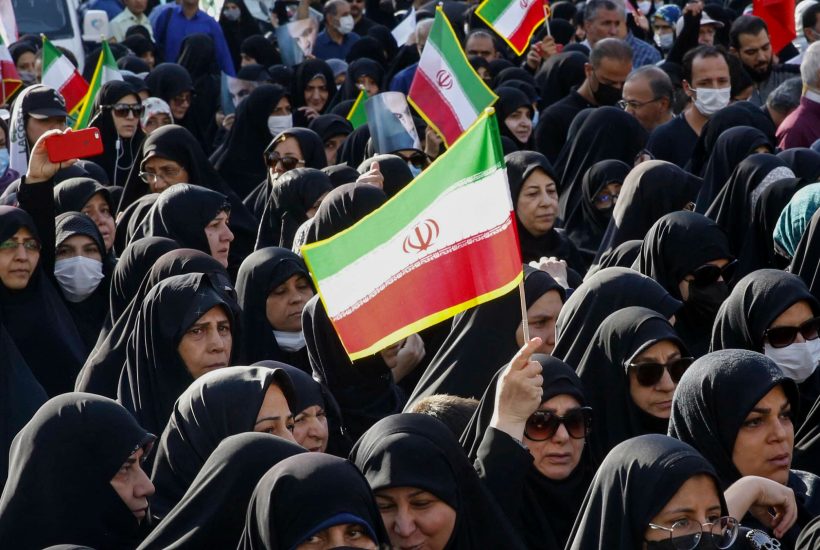
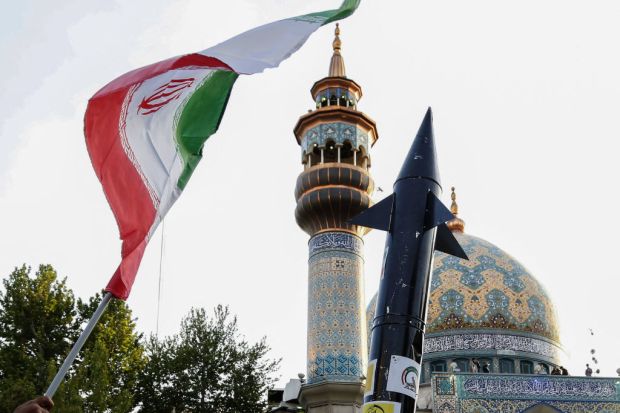
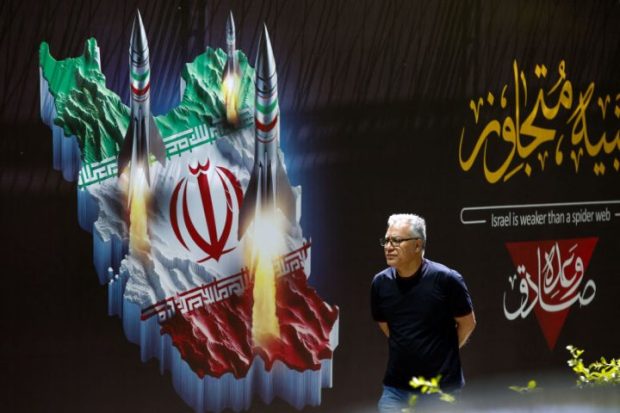
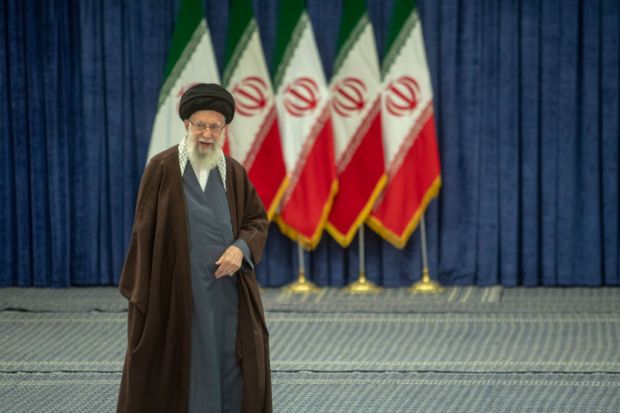
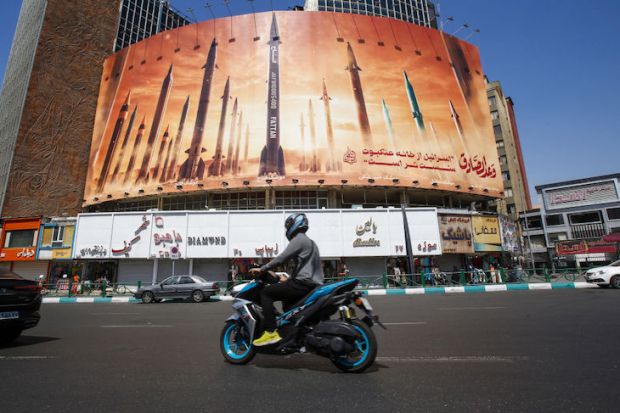
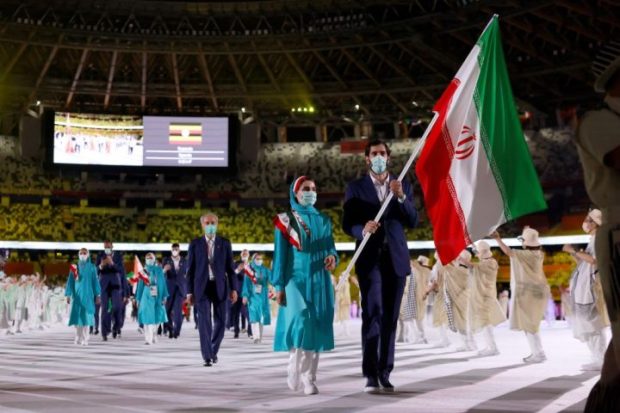
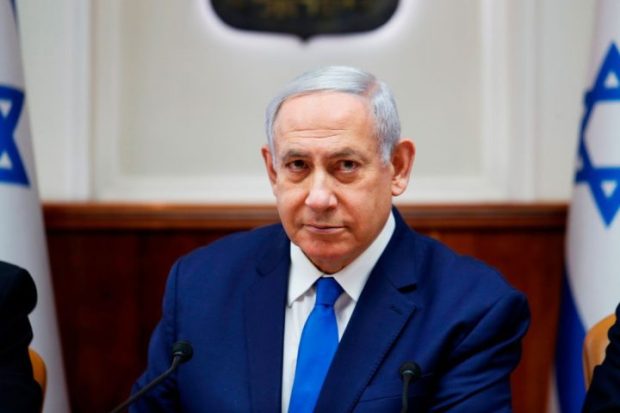












Comments
Don't miss out
Join the conversation with other Spectator Australia readers. Subscribe to leave a comment.
SUBSCRIBEAlready a subscriber? Log in